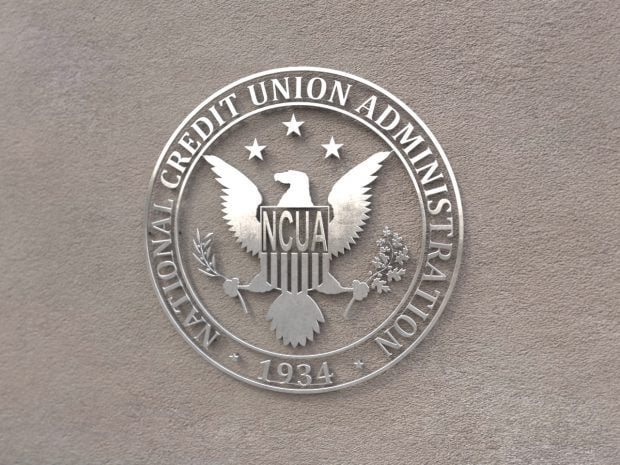About 95% of credit unions and banks offering mobile remote deposit capture (mRDC) said the benefits exceeded the costs and risks, according to RemoteDepositCapture.com's second annual industry study.
When asked to rank various payment types in terms of riskiness, the 255 bank and 67 credit union participants placed mobile deposits fairly high on their lists, just after debit and credit cards.
However, the survey results also indicated risk-related fears do not match reality: Less than 25% of respondents incurred transaction losses, loss rates are at a fraction of a percent and solutions continue to improve.
Recommended For You
"The longer an institution has offered mRDC, the more it makes sense," John Leekley, founder and CEO of RemoteDepositCapture.com, said.
Although 50% of the respondents are a year or less into mRDC implementation, 92% of FIs surveyed said they felt the benefits of mRDC outweigh the costs and risks; 53% said the benefits far outweigh the costs and risks. Among those financial institutions that actually offer mRDC, the comfort level with mRDC is even more apparent: About 95% said the benefits exceeded the costs and risks, while 61% said the benefits far exceeded the costs and risks.
A majority of institutions participating in this year's survey (76%) said they had not experienced any losses from mRDC; however, the actual number is likely to be higher. The only losses directly attributed to RDC were those arising from duplicate deposits, Leekley explained. He added some types of fraud, such as kiting, are not always categorized properly, which sometimes results in incorrect statistics.
"We suspect several respondents overeported actual losses," Leekley said.
Analysis of the survey data suggested duplicate deposit losses are substantially lower than overall check fraud losses. The analysis resulted in a duplicate loss rate of 0.0104%, or 1.04 out of every 10,000 items deposited. To put this into perspective, RemoteDepositCapture.com said, the Federal Reserve reported a return item rate for all checks processed through the Fed system of 0.3%, or 30 out of every 10,000.
Of the financial institutions that reported losses, 47% said the amounts were so small that they did not require changes in policies or procedures. And just about every institution surveyed this year has plans to expand mobile deposit offerings.
All financial institutions said they take steps to limit mRDC risks, with 89% using deposit value limits, for example. And a little more than 60% tailor mobile deposit limits by segment, customer risk score or some other rule, such as account type or deposit size.
"The technology has improved to such a point that you can customize the default offering for all customers," Leekley said.
Looking forward, Leekley said he expects small business to become a hotbed of mRDC activity. Among surveyed financial institutions that are new to mRDC, 78% say they plan to offer the service to small businesses. The complicated nature of small business payments makes them likely to produce value-added data offerings, which should generate more innovative approaches to pricing, Leekley added.
"Small business is where the war is going to be waged over the next few years," he said.
© 2025 ALM Global, LLC, All Rights Reserved. Request academic re-use from www.copyright.com. All other uses, submit a request to [email protected]. For more information visit Asset & Logo Licensing.








